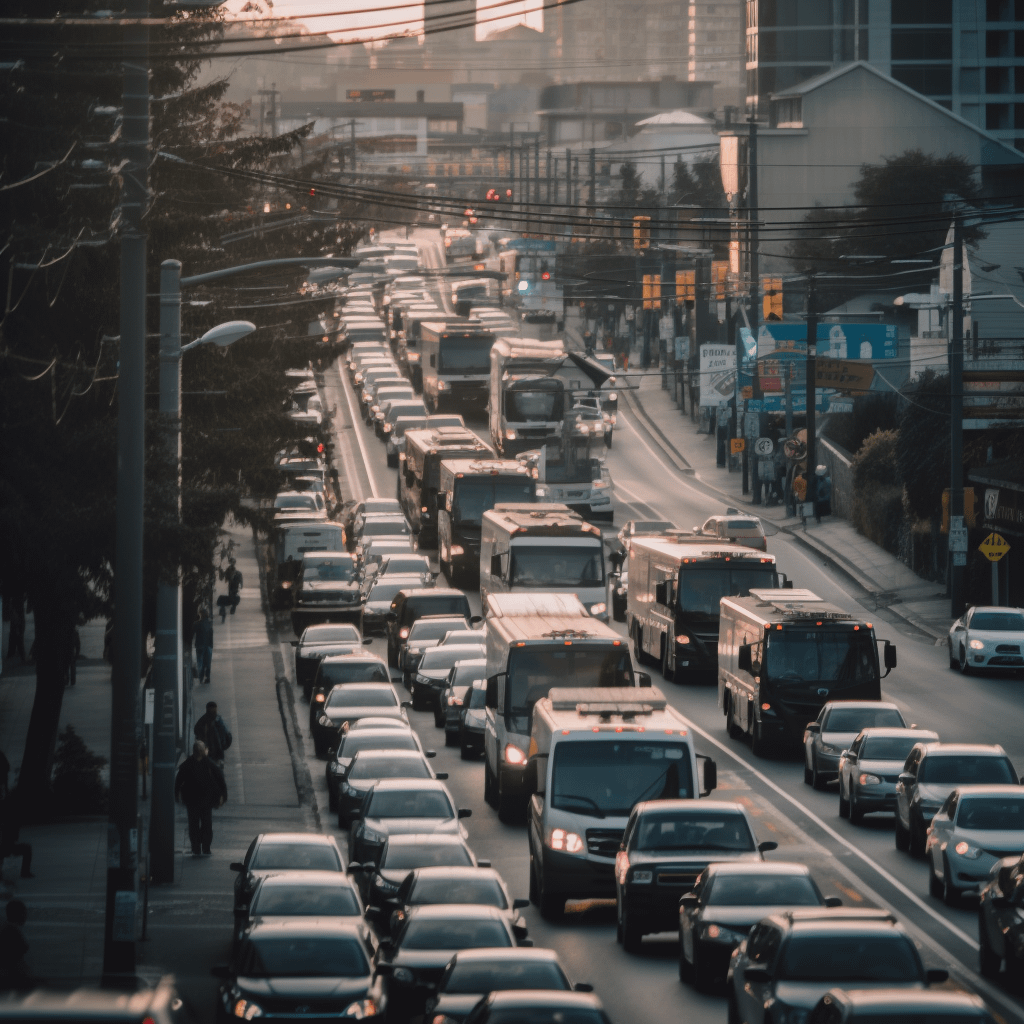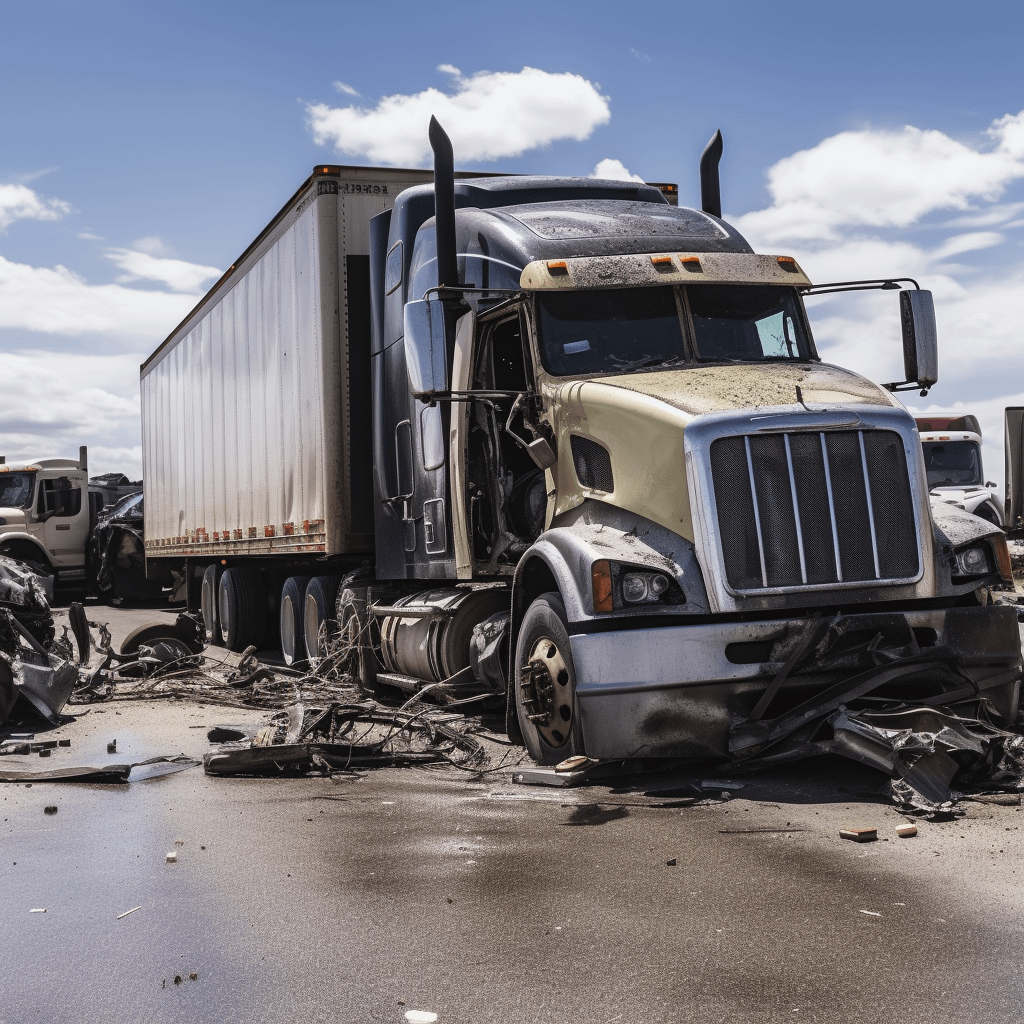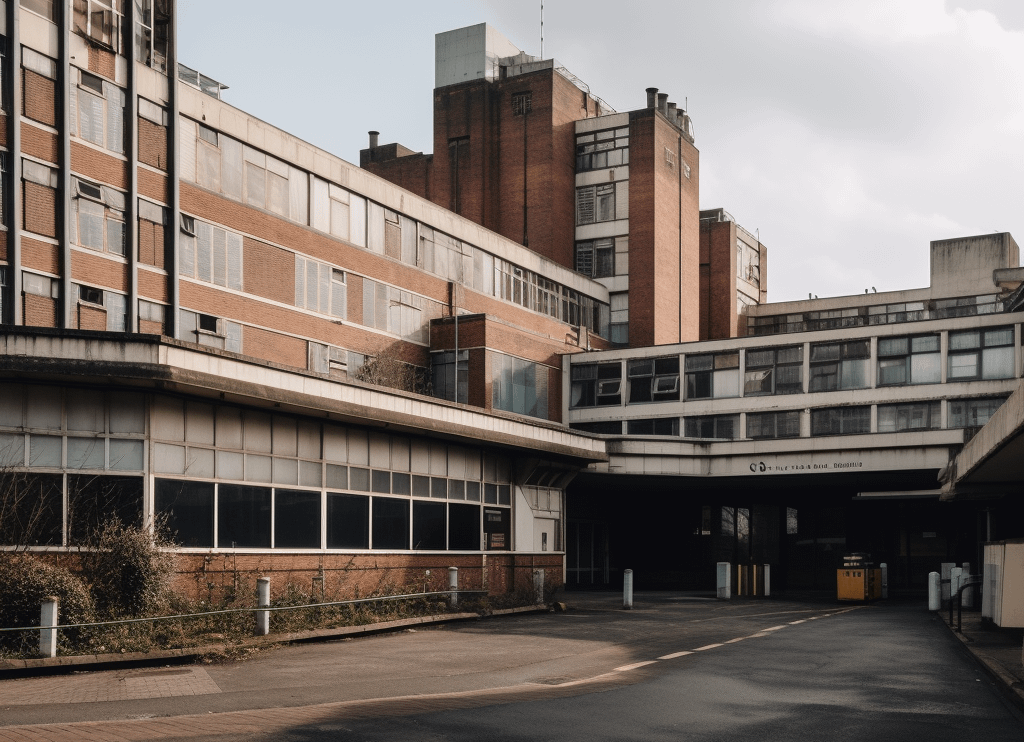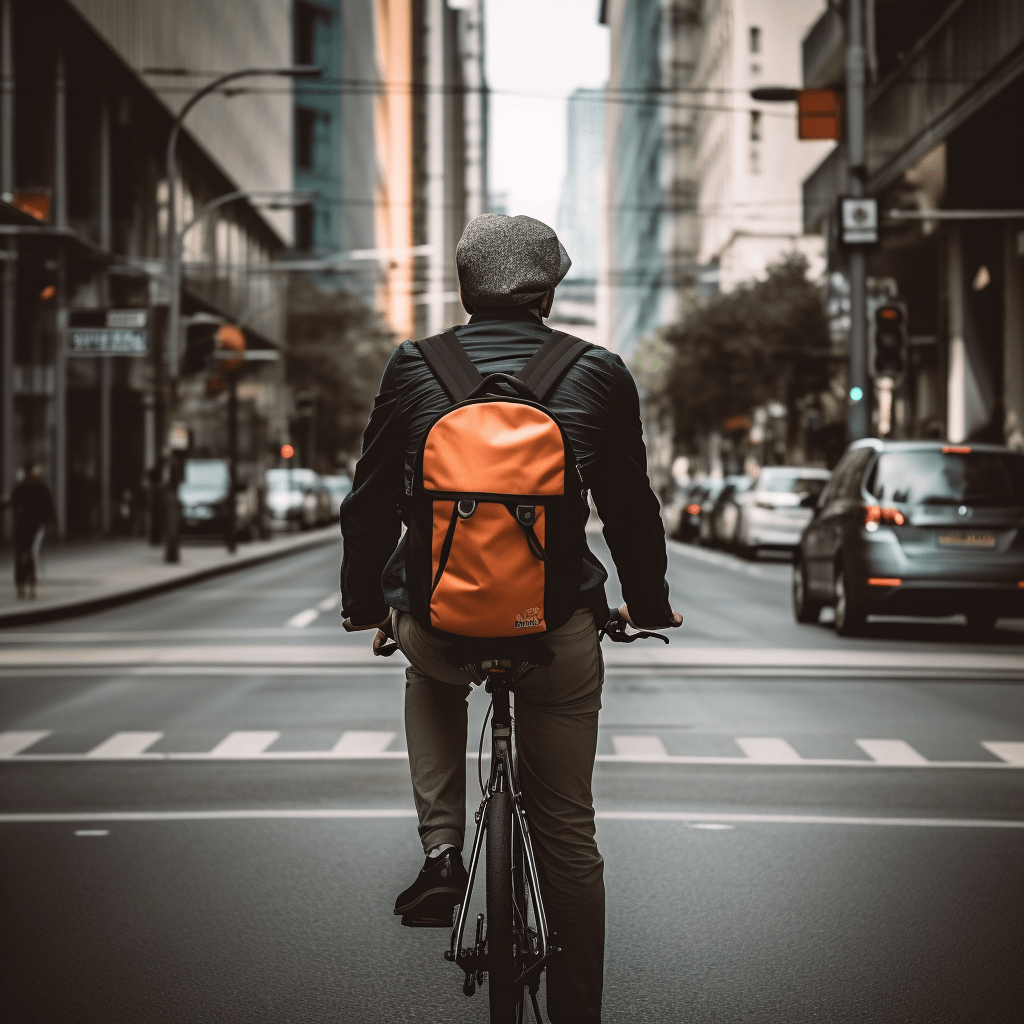Massachusetts roads can be congested and confusing, even for locals, and they attract seasonal tourists and regularly sustain damage due to poor weather and hazardous driving conditions during multiple times of the year. With all of these factors combined, it makes sense that Massachusetts sees so many highway accidents and fatalities.
For these reasons, Massachusetts drivers are advised to use caution, avoid drunk or distracted driving, and more than anything, slow down. If you are injured in an accident on any of the most dangerous roads in Massachusetts, call CarAccident.Law to get connected with a car accident attorney who can help you with next steps.

Recent Increase in MA Auto Accidents
Every year, the National Highway Traffic Safety Administration releases data about the number and location of fatal injuries suffered in traffic accidents across the United States. Unfortunately, Massachusetts tends to rank near the top of the annual census list.
In a 2022 Massachusetts Department of Transportation Board Meeting, Transportation Secretary Jamey Tesler reported a “significant increase in roadway fatalities over the last couple of years, and serious injuries.” In fact, road fatalities rose by 50% in 2020, according to the Boston Herald, despite reduced traffic across most of Massachusetts roads and highways during the COVID-19 shutdowns. As such, many new initiatives are being considered throughout the state to hopefully re-order certain traffic patterns, increase funding for risk prevention programs, and reduce fatalities on MA roads overall.
I-93
I-93 runs 190 miles through Massachusetts, making its way from Canton, MA north to St. Johnsbury, VT.
The most dangerous stretch of road on this highway has been identified as I-93 North, from Exit 39 to Exit 42. This one area of road sees 1.2 crashes per mile, over a distance of just 3.3 miles. The Andover roadway is one of the riskiest areas to drive on I-93, according to National Highway Safety Administration data.
Dangers:
- Interchange with I-495, another dangerous freeway
- Crowding and congestion in the area around Boston
- Winter conditions causing sleet, icy roads, and poor visibility
Route 24
This important commuter road is relatively short for Massachusetts highway standards, coming in at just under 43 miles.
However, for such a short, straight shot through the state, Route 24 sees a disproportionately high amount of fatal accidents. Traffic safety advocates blame reckless commuter drivers as well as poor design for some of the heightened risk of traveling on the Fall River Expressway. Local news sources remind Massachusetts drivers about the disproportionately high number of cross memorials and fatal crash sites along the interchange, sobering reminders that speeding kills.
Dangers:
- Older construction of the 1950s highway
- Poor design with long straightaways to pick up speed
- Hit and run accidents
- Frequent lane changing and speeding by commuters
Interstate 290
Up by Worcester, I-290 has some of the worst traffic and congestion in all of Massachusetts.
Worcester sees the highest number of fatal car accidents out of all other Massachusetts counties. A majority of these crashes occur on I-290.
Worcester, when measured on I-290 near Belmont Street, sees 140,000 cars daily. For comparison, I-95 sees as many as 170,000 cars per day in certain areas of Massachusetts. In order to handle this high volume, especially in the Route 20 interchange near Waltham, I-95 boasts four lanes in each direction, with a fifth lane in some places to accommodate cars and trucks entering and exiting the highway. This means that I-290 sees only a 20% reduction in volume from the infamous I-95, but with fewer lanes overall to handle the crowding.
What’s more, there are as many as eight entrance and exit ramps, also known as “friction areas,” between Route 146 and the I-190 interchange on I-290. While friction areas are typically spaced at least one to two miles apart, all eight hotspots are unusually located within a three mile radius from one another.
Dangers:
- Local traffic creating crowding, as well as commuter travel
- Exit and entrance ramps placed too close together on the highway, posing heightened danger when merging
- Outdated design, even after upgrades intended to decrease congestion
Route 95
Anyone on the East Coast is familiar with some of the dangers and risks of the major thoroughfare of I-95.
However, Massachusetts sees some of the worst of it, outside of the Orlando, FL area. The National Highway Traffic Association Fatality Analysis Reporting System (FARS) shows that the deadliest highway in the United States was I-95 in recent years. In 2019, I-95 had 284 fatalities, the highest overall number for US highways. It also had the highest rating for fatalities per mile, at 14.88 per every 100 miles of road. With approximately 92 miles of road in Massachusetts, this dangerous thoroughfare is one reason why Massachusetts’s dangerous roadway ranking remains so high overall.
Dangers:
- Tourists crowding lanes from Rhode Island to Cape Cod
- Year-round traffic, especially in the Boston area
- Poor signage and confusing exits
- High volume of cars and trucks
When planning a trip on I-95 through the Massachusetts area, data warns against the stretch between S. Main St to Exit 21.
The Norwood, Walpole, and Sharon stretch sees an average of 1.2 crashes per mile, measured over a distance of 4.3 miles.
I-495
Is Interstate 495 the new most dangerous road in Massachusetts?
Even as I-95 is given the dubious distinction of being the most dangerous highway in the United States, Massachusetts’s alternative route, I-495, is now being considered as a possible runner up. Early reports from 2022 show that I-495 may surpass I-95 as Massachusetts’s deadliest stretch of road. There are about 10 deaths reported along I-495 per year as it circumnavigates the City of Boston.
By avoiding the major urban area by a distance of about 30 miles, I-495 is a popular alternative to braving the chaos of I-95. However, spillover distracted drivers, speeding, and constant commuter traffic have increased the danger of traveling on this regional throughway. The area on I-495 South from Stow Road to Exit 70, passing through the Bolton and Harvard Station area, is considered to be one of the riskiest portions of road in the state.
Dangers:
- Backups on the Mass Pike interchange
- Merging and lane changes
- Heavier mixing of trucks with smaller vehicles
I-195
Interstate 195 was created to solve regional traffic concerns by connecting Providence, Rhode Island and the I-95 corridor with Fall River, New Bedford, and Cape Cod in Southeast Massachusetts.
However, this local road has its own risks along the nearly 45 mile route. The towns of Rehoboth and Swansea saw a number of fatal crashes according to 2019 data, with an average of 0.6 crashes per mile measured along a distance of just under five miles. This stretch of I-195 also saw three fatalities in this relatively small distance.
Dangers:
- Summer drivers and beach traffic
- Risk of hydroplaning and flooding
- Rear-end accidents
Interstate Highway 291
I-291 is a north-south highway in Massachusetts that merges with I-91 via a flyover.
Joining I-91 with I-90 and the Massachusetts Turnpike, I-291 is a useful commuter connection through Springfield. These connections with major highways make I-291 more dangerous for motorists and others.
Dangers:
- Wrong way crashes, also known as head-on collisions
- Deadly pedestrian conditions
- Substandard joining with the Mass Pike
Route 49
There have been numerous crashes on Route 49 in Massachusetts over the years, and too many lives lost to dangerous road conditions.
From US 20 in Sturbridge, to Route 9 in Spencer, this stretch of road is extremely dangerous for how short it is, at just under eight miles. The number of fatal crashes have contributed to a growing concern about highway design flaws and a lack of a center median on Route 49.
Dangers:
- Lack of middle barriers
- Speeding
- Drunk driving
Route 25
Route 25, or the Blue Star Memorial Highway, runs east-west, connecting Plymouth and Barnstable counties.
This freeway access to Cape Cod is a well-known headache for Massachusetts drivers in the summer months, with backed up traffic and congestion that stretches for miles.
Dangers:
- Summer drivers and heavy seasonal traffic
- Rain, flooding, and hazardous weather conditions
- Confusion over signage and changing lanes
I-84
Moving across the Connecticut state line, I-84 can get backed up with traffic so thick that travelers have been known to step out of their cars to wait.
Delays and construction also contribute to hazardous driving conditions along the Massachusetts stretch of I-84. Trucking accidents and wrong-way collisions are also not unheard of along this regional thoroughfare.
Dangers:
- Danbury bridge deficiencies lead to clogging along the MA state line
- High number of commercial trucks
- Combination of local and interstate traffic
Route 3
Another dangerous road in Massachusetts is Route 3. In just the month of October 2019, there were 567 crashes along Route 3, according to MassDOT.
Duxbury saw the most collisions at 122, with Plymouth at 99 and Braintree at 96 close behind. The traffic corridor in Scituate has been particularly troublesome, drawing state and local attention for its lack of signalization and heightened risks.
Dangers:
- Lack of traffic signals
- Confusing intersections
- Vegetation blocking visibility
What other Factors Contribute to Dangerous Driving Conditions in Massachusetts?
Across national data, the NHTSA blames rising motor vehicle crash deaths on certain key elements:
- Speeding
- Alcohol impairment
- Not wearing seat belts
According to car accident reports, Massachusetts is no exception to national trends. These factors are particularly important in reported auto collisions across the state. An analysis of Massachusetts crash data shows that over half of fatal car accidents in the state involved drunk driving or speeding. Drunk drivers killed 30.1% of people involved in fatal Massachusetts car accidents. Meanwhile, 26.2% of Massachusetts traffic accident deaths are attributed to speeding.
The high number of commuters in and around the Boston area may be to blame in part for speeding and the amount of congestion on the roads. Both of these factors can contribute to poor decision making, which makes driving riskier for everyone involved. Massachusetts spokesperson for AAA Northeast Mary McGuire, gave a statement about the risks of congestion throughout the state: “[It] leads to drivers [becoming] frustrated and impatient, and so they will often act out with aggressive driving.”
Other factors that may contribute to dangerous driving conditions in Massachusetts include:
- Summer tourism: While Massachusetts certainly sees its fair share of dangerous winter storms, sleet, and even nor’easters, the summer months prove to be most deadly when it comes to traffic accidents on MA roads. While winter weather makes driving more hazardous, summer tourism may contribute to dangerous roadway conditions even more. Between 2018 and 2020, June had the highest percentage of traffic deaths in Massachusetts out of every month. Approximately 10% of fatal crashes in Massachusetts occurred in the month of June, which brings tourists visiting the Cape and Boston areas. July immediately followed June in terms of deadliest traffic months in Massachusetts, followed by November. Experts surmise that summer crowds, as well as Thanksgiving travel, may contribute to these more dangerous times of year throughout the state, but especially in the eastern corridor.
- Lack of safe pedestrian options: In 2021, 75 pedestrians died from car accidents in Massachusetts. Fatal crash rates temporarily decreased in 2020, but by 2021, Massachusetts pedestrian fatal crash rates had returned to levels consistent with the high rates seen since 2015. Reckless driving in MA may be to blame. SUVs, pickup trucks, vans, and minivans are particularly dangerous to Massachusetts pedestrians.
- Distracted driving: While distracted driving is particularly dangerous nationwide, in Massachusetts, the Hands Free Law is credited with saving countless lives on the road. This 2020 state statute carries a steep fine of up to $500 for using any handheld electronic device while driving, not just a cell phone. The law may be part of why Massachusetts ranks better than 73% of other states when it comes to national distracted driving deaths.
Since Massachusetts is a no-fault state, you might be wondering if it is possible to recover compensation from another driver after an accident in the Bay State. With the help of a local auto accident attorney, you may be able to file a lawsuit against a driver who is at least 51% responsible for causing the crash, under certain conditions.


Have Questions About Filing a Car Accident Lawsuit?
STEP-BY-STEP GUIDE TO FILING A CAR ACCIDENT LAWSUIT
We’ve put together this guide to help you understand how to file a car accident lawsuit and the benefits of working with skilled legal professionals.
What to Do after a Car Accident in Massachusetts
If you were hurt in a car accident, see a doctor as soon as possible and make sure you receive the appropriate diagnostic testing to be able to document the scope of your injuries. Keep all of the paperwork and evidence possible from your crash, and continue documenting your injuries as the progress over time.
After a car accident involving an injury, death, or at least $1,000 in property damage, Massachusetts state law requires drivers to file an accident report within five days. Filing and retrieving a Massachusetts car accident reports is one of the first steps that a lawyer can help you with.

Under state law, you may be able to sue the other driver involved in the crash if your injuries are considered severe or permanent and you sustained at least $2,000 in reasonable medical expenses. Unfortunately, many car crashes meet this minimum standard, given the hazardous road conditions and the high cost of medical care.
If you or a loved one suffered any of the following injuries in an auto collision on one of Massachusetts’s most dangerous roads, you may be able to file a lawsuit for compensation:
If you think you may have a valid case for damages, contact CarAccident.Law to get connected with a qualified car accident attorney in your area. An MA accident and injury law firm can help you understand and identify what kinds of damages you may be able to recover. You may be able to recover more than just your direct medical expenses from a car accident lawsuit when you factor in the pain and suffering you have experienced as a result of the crash, as well as any additional bills, missed wages, and emotional trauma.

What is the deadliest road in Massachusetts?
The deadliest road in Massachusetts is currently the stretch of I-95 North that runs from S. Main St. to Exit 21. Five fatal accidents occurred in this just-over 4 mile stretch of roadway over the course of two years. However, Worcester has the highest number of fatal crashes out of all Massachusetts counties, according to the most recent MA car accident statistics.
What is the most dangerous intersection in Massachusetts?
According to data compiled by the Massachusetts Department of Transportation, the intersection with the highest number of motor vehicle accidents that resulted in fatalities or serious injuries is Randolph Ave (State Route 28) and Chickatawbut Road in Milton. When number of total crashes and equivalent property damage is accounted for, the most dangerous intersection in Massachusetts is VFW Highway and Bridge Street in Lowell.
What is the steepest street in Massachusetts?
Kingsley Hill Road in Massachusetts has an average uphill slope of 12.8%, making it the steepest street in Massachusetts. At its sharpest incline, Kingsley Hill Road’s gradient slope reaches 21.7%, making it especially difficult for cyclists. Other contenders for steepest streets in Massachusetts are:
- Bloomingdale Court from Franklin Street to Norfolk Street
- Boyden Street near Holy Cross from Southbridge Street to College Street
- Diamond Street from Millbury Street to Perry Avenue
- George Street from Main Street to Harvard Street
- Forbes Street from Lincoln Street to Channing Street
- Perkins Street from Paine Street to Channing Street
- Farnum Street from Institute Road to Bancroft Tower Road in Worcester
When driving on steep streets, it is important to be especially mindful of bikers and pedestrians who may have different constraints on their navigation than those in cars while traveling up and down inclines.
What is the busiest road in Massachusetts?
Boston is the busiest region on average in Massachusetts, and it sees some of the most traveled roads and worst congestion. The I-95/I-495 interchange is one of the busiest areas, but Route 28 just north of Boston in Cambridge, Somerville, Medford, and Stoneham is quickly gaining traction. This stretch of road is reported to be congested for more than 10 hours every day, according to the Massachusetts Department of Transportation. By 5 p.m., the inner areas of Boston report up to 66% traffic congestion on average.
How dangerous is Route 24 in Massachusetts?
Since 2002, there have been at least 6,684 crashes on Route 24 in Massachusetts. State police spokesman David Procopio reports that “some of the crashes we see on 24 are among the most horrific in the state.”
Why is traffic in Massachusetts so bad?
Traffic in Massachusetts is not just a punchline or a state quirk. It is a real risk to those who live, work, and play in the area, as well as for those who travel there for business or pleasure. Public safety advocates blame a variety of factors for the traffic in Massachusetts. The state’s older, historic infrastructure and lack of public transit in certain areas may be partially to blame. Commuter culture also leads to speeding and aggressive driving, which is one of the greatest risk factors for traffic deaths in MA. Drunk driving in Massachusetts is a real problem as well, accounting for a large number of auto fatalities. Finally, the summer months bring even greater risk to the state as tourists flock to Massachusetts to enjoy the beaches and Cape Cod area.
Let CarAccident.Law Connect You with a MA Car Accident Attorney
A lawyer can help you with every step of your motor vehicle accident claim. The experts with CarAccident.Law are experienced in compiling evidence and witness accounts, sourcing expert testimony, negotiating with insurers, and representing your best interests throughout every step of the process. The lawyers in our extensive network can help ensure that you do not accept a lowball settlement offer, and that your pain and suffering are properly accounted for in a comprehensive demand package.
Contact CaAccident.Law today, and let us help you file your claim, build your case, and negotiate for the compensation you deserve.










